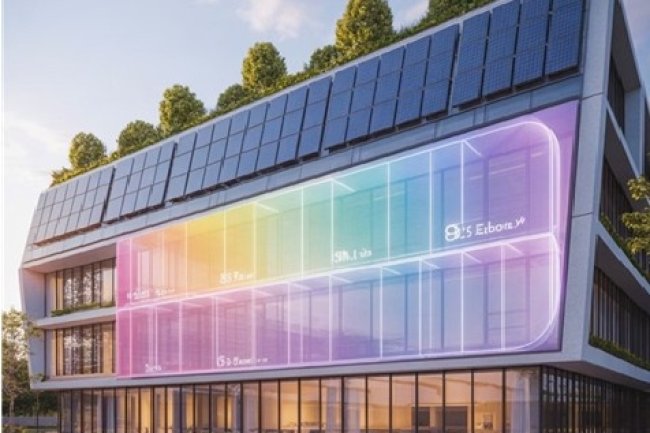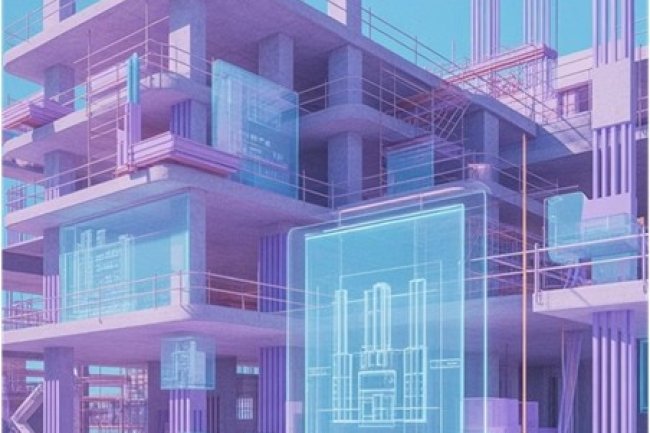Revolutionizing Renovations with BIM: The Scan-to-BIM Advantage
Welcome to the forefront of architectural renovation technology. This blog explores how Building Information Modeling (BIM) is transforming renovation projects by leveraging innovative capture methods to seamlessly integrate existing structures into the digital realm.

Understanding Scan-to-BIM in Renovation Projects
|
Renovation projects have always presented unique challenges compared to new construction. Before any work begins, teams need to thoroughly understand the existing conditions—dimensions, structural elements, building systems, and even hidden defects. Enter Scan-to-BIM technology: a revolutionary approach that combines 3D laser scanning with intelligent modeling to create accurate digital representations of existing buildings. |
|
The Scan-to-BIM Process: Capturing Reality
1. Data Collection
Laser scanners capture millions of measurement points, creating a comprehensive "point cloud" of the existing structure.
2. Point Cloud Processing
Multiple scans are registered together to create a unified 3D representation of the entire building.
3. BIM Creation
The point cloud data is transformed into an intelligent 3D model with parametric building elements and component information.
4. Model Utilization
The completed BIM becomes the foundation for renovation design, coordination, and construction planning.
Key Benefits of Scan-to-BIM for Renovation Projects
|
Unparalleled Accuracy
Laser scanning captures existing conditions with millimeter precision, eliminating guesswork and reducing site revisits.
|
Clash Detection
Identify potential conflicts between new design elements and existing conditions before construction begins.
|
|
Reduced Field Time
Significantly decreases the time required for on-site measurement and documentation compared to traditional methods.
|
Design Confidence
Make informed decisions with accurate spatial data, especially valuable for complex or historic renovations.
|
By leveraging these advantages, renovation teams can deliver projects faster, with fewer errors, and often at lower overall costs—despite the initial investment in scanning technology.
Real-World Applications of Scan-to-BIM
|
|
Historic Preservation Adaptive Reuse MEP Retrofits |
Overcoming Scan-to-BIM Challenges
Data ManagementPoint cloud files can be massive. Teams need robust hardware and software solutions to handle these large datasets efficiently. |
Skill RequirementsConverting point clouds to useful BIM models requires specialized expertise in both scanning technology and modeling software. |
Scope DefinitionDetermining the appropriate level of detail for the BIM model based on project requirements is critical for efficiency. |
At Consac, we've developed workflows that address these challenges, ensuring smooth implementation of Scan-to-BIM technology even on complex renovation projects.
Future Trends in Scan-to-BIM Technology
|
Looking Ahead
|
|
What's Your Reaction?



















